HeritageDaily reveals the top 10 archaeological discoveries of 2022 from across the yearly archive of articles.
ORNATE COLLECTION OF ANCIENT BRONZE STATUES DISCOVERED IN TUSCANY
An ornate collection of statues from the Etruscan – Roman transition period has been discovered in an ancient spa in Tuscany. Archaeologists from the Universita per Stranieri di Siena, were excavating a network of bath houses in San Casciano dei Bagni, near Siena, when they uncovered the statues preserved in layers of mud beneath pools of thermal water. Find out more
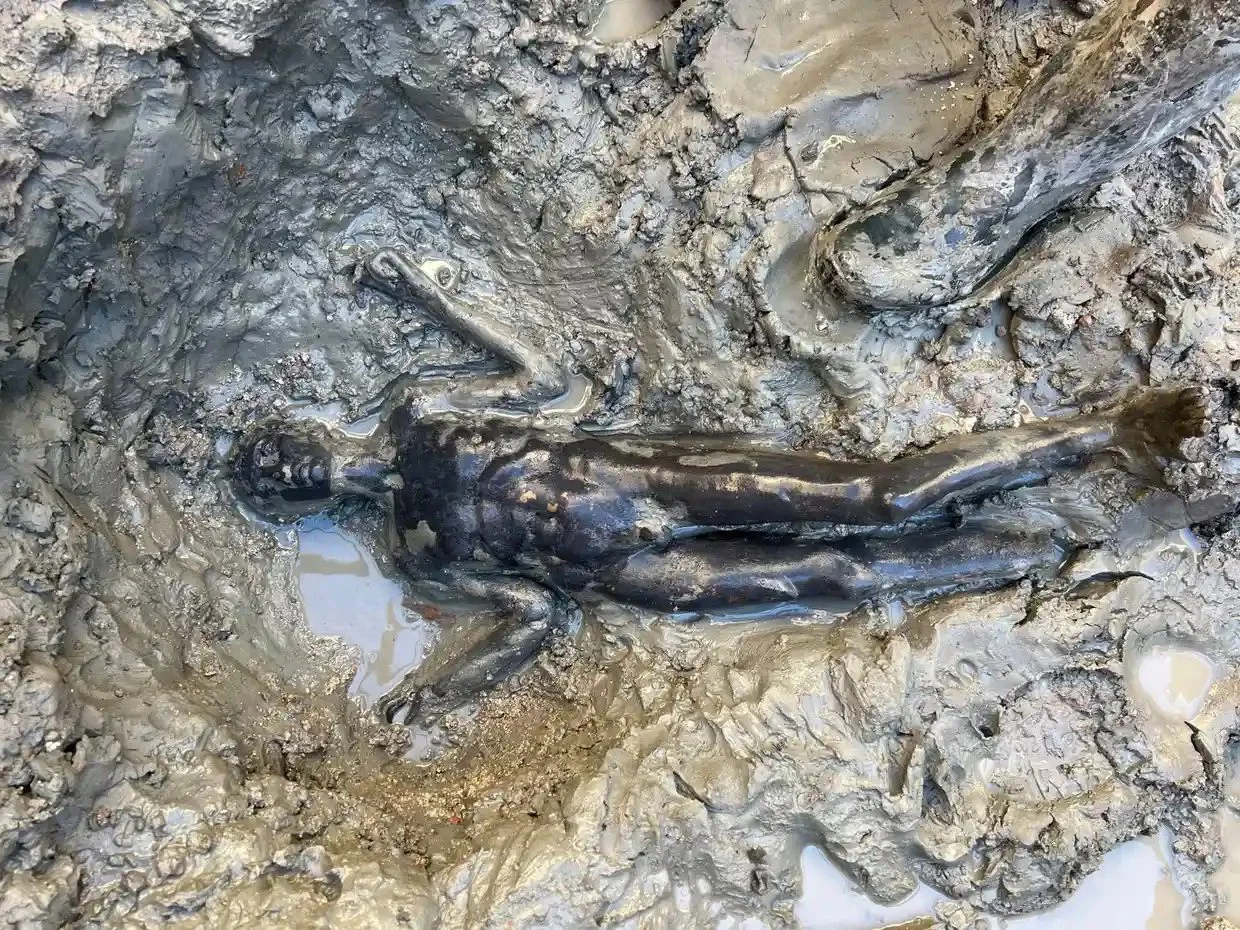
WRECK OF SIR ERNEST SHACKLETON’S ENDURANCE FOUND
An expedition team from Endurance22 has announced the discovery of Sir Ernest Shackleton’s, Endurance, off the coast of Antarctica. The Endurance was a three-masted barquentine, despatched on the Imperial Trans-Antarctic Expedition to make the first land crossing of the Antarctic continent. The ship is sitting upright on the seabed and is largely intact. There is some damage to the fo’c’sle deck and part of her starboard side, but the paintwork and her name “ENDURANCE” are still clearly visible. Find out more

OLDEST TEXT WRITTEN IN THE BASQUE LANGUAGE FOUND ON THE HAND OF IRULEGI
The Hand of Irulegi was first uncovered in 2021 during excavations at the base of Castillo de IRULEGIko gaztelua, near Pamplona, Spain. Experts suggest that the hand was created by the Vascones, a pre-Roman tribe that was believed to have no written language. A new study on the artefact has identified five Vasconic words across 40 characters, the earliest text in the Basque language, written in Iberian script. Find out more
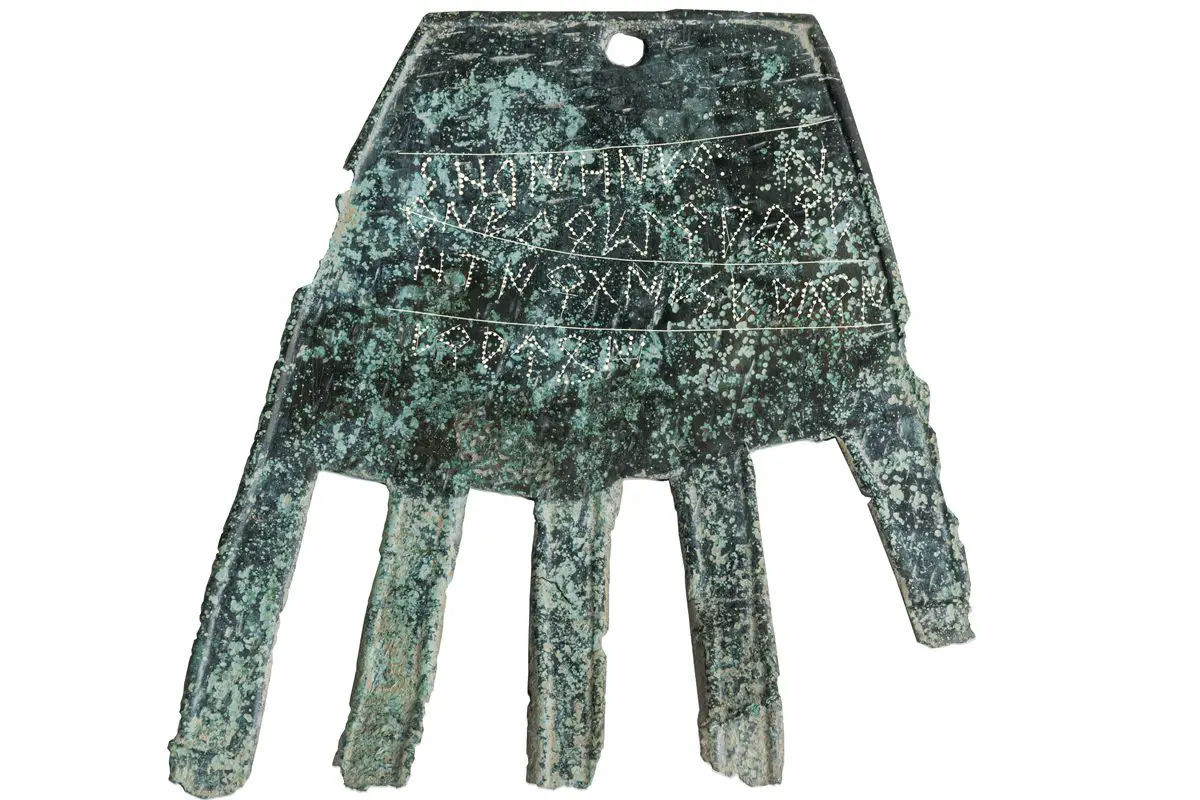
THOUSANDS OF AZTEC OBJECTS AND OFFERINGS RECOVERED FROM TEMPLO MAYOR
Archaeologists from the Instituto Nacional de Antropología Historia (INAH), have conducted excavations at the foot of the temple, where they discovered ritual deposits containing over 2,500 wooden objects. The finds consist of masks, headdresses, sceptres, pectorals, darts, figurines, dart launchers, earrings, jars, and numerous wooden offerings that the priests deposited to consecrate the site to the Aztec gods. Find out more
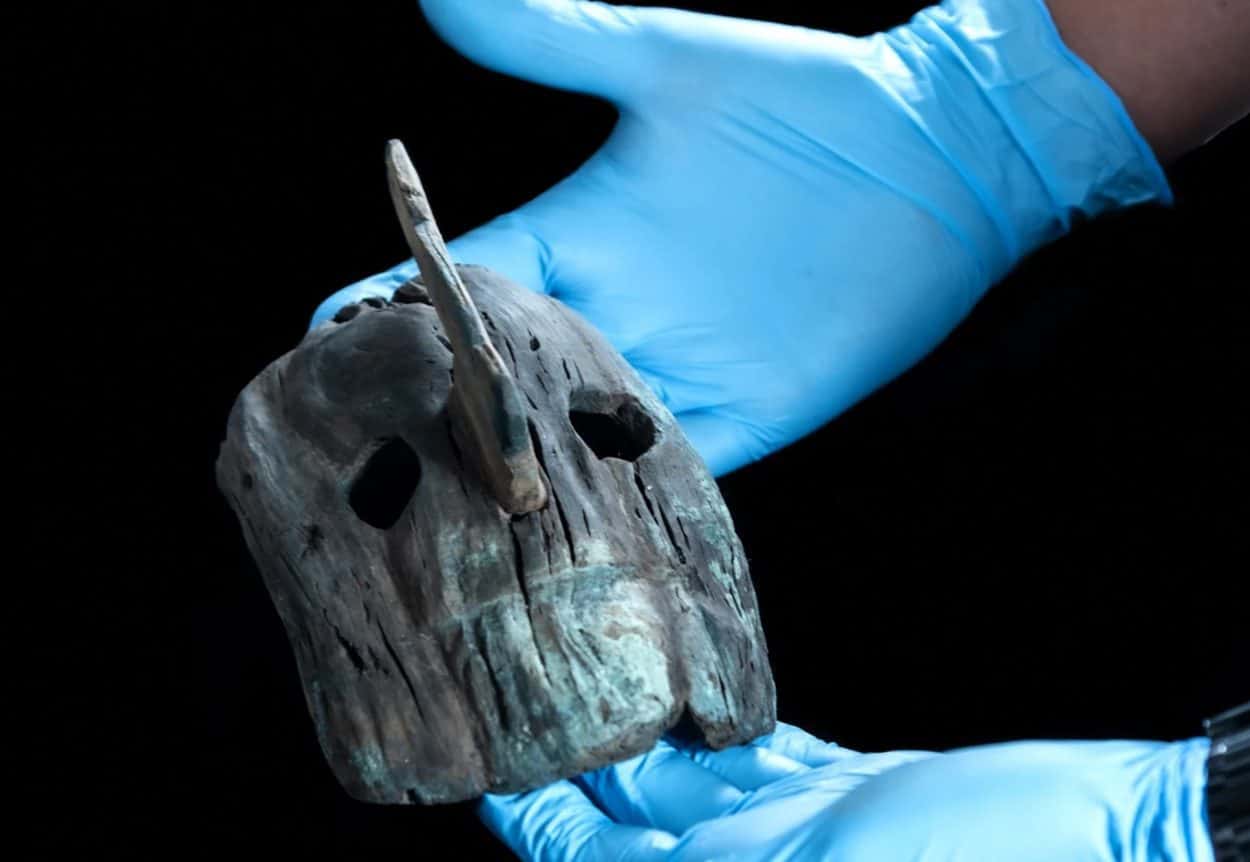
ORIGINS OF THE 30,000-YEAR-OLD VENUS OF WILLENDO SOLVED
Anthropologist Gerhard Weber from the University of Vienna used micro-computer tomography to analyse the Venus up to a resolution of up to 11.5 micrometres. Together with Alexander Lukeneder and Mathias Harzhauser from the Natural History Museum in Vienna, the team procured comparative samples from Austria and Europe for comparison to geologically determine the origin. Find out more

ARCHAEOLOGISTS DISCOVER OLDEST KNOWN NARRATIVE SCENE DATING FROM 11,000-YEARS-AGO
A team of archaeologists have discovered what may be the oldest known narrative scene, carved into a 11,000-year-old Neolithic bench at Sayburç in south-eastern Turkey. The discovery, reported by Dr Özdoğan in the journal Antiquity, was made during excavations at Sayburç which began in 2021. The site is located beneath a modern village in the Şanlıurfa Province. Find out more
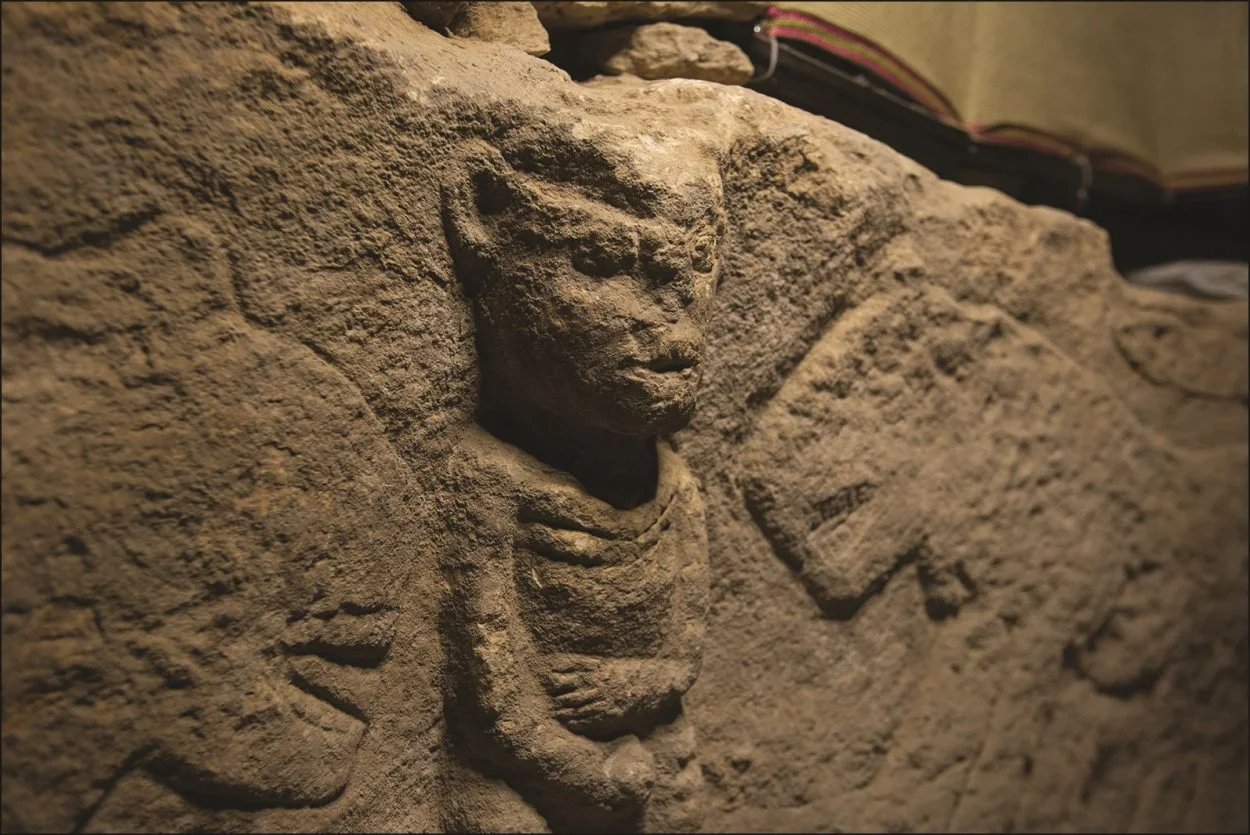
LARGE FUNERARY BUILDING AND FAYOUM PORTRAITS FROM THE PTOLEMAIC AND ROMAN PERIOD DISCOVERED
Archaeologists excavating at the Garza archaeological site in Egypt’s Fayoum city, have uncovered a large funerary building and Fayoum portraits from the Ptolemaic and Roman period. This is the first discovery of Foyoum portraits since excavations by British archaeologist, Flinders Petrie, during excavations in Hawara in 1887 and 1910–11, and excavations by German archaeologist, Von Kaufmann, who discovered the so-called “Tomb of Aline”. Find out more
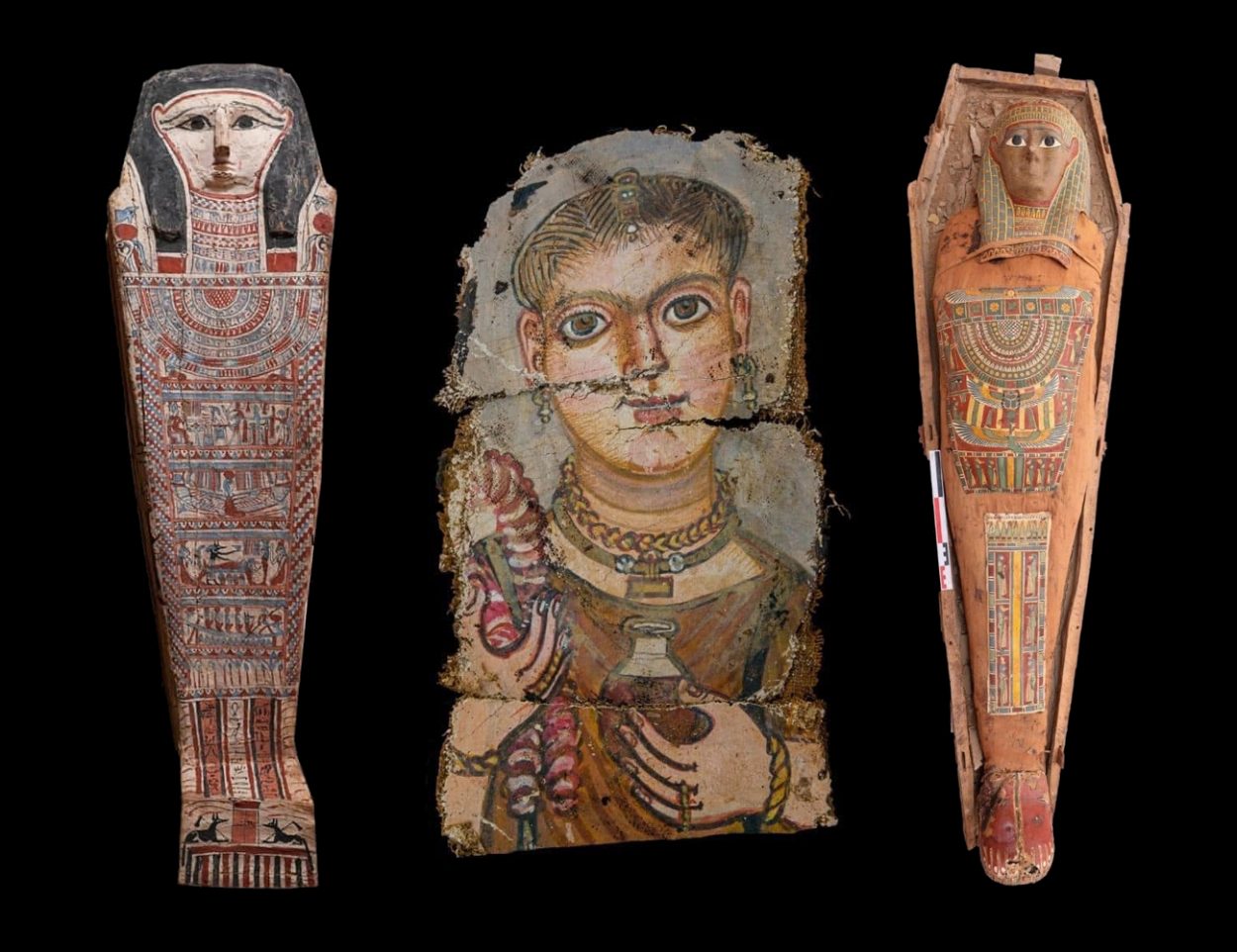
FIRST SENTENCE WRITTEN IN CANAANITE LANGUAGE DISCOVERED ON IVORY COMB
Archaeologists have identified an entire sentence in Canaanite, engraved on an ivory comb that dates from 1700 BC. On the comb are 17 Canaanite letters in an archaic form from the first stage of the invention of the alphabet script. They form seven words in Canaanite, reading: “May this tusk root out the lice of the hair and the beard.” Find out more

ARCHAEOLOGISTS UNCOVER “ONCE IN A LIFETIME” 1300-YEAR-OLD GOLD AND GEMSTONE NECKLACE
Archaeologists from MOLA (Museum of London Archaeology) have uncovered an ornate 1300-year-old gold and gemstone necklace during excavations in Northamptonshire, England. The necklace, described as a “once in a lifetime” find, has 30 pendants and beads made from Roman coins, gold, garnets, glass, and semi-precious gemstones. A rectangular pendant with a cross motif forms the centrepiece of the necklace and is inlaid with red garnets set in gold. Find out more

LOST TEMPLES, BUDDHIST STRUCTURES AND CAVES UNCOVERED IN BANDHAVGARH FOREST RESERVE
The Archaeological Survey of India (ASI) has uncovered lost temples, Buddhist structures and caves in the Bandhavgarh Forest Reserve, located in the Umaria district of Madhya Pradesh, India. 26 caves have been documented which date to the 2nd century BC to the 5th century AD, 26 temples, 2 monasteries, 2 votive stupas and 46 sculptures. Find out more






